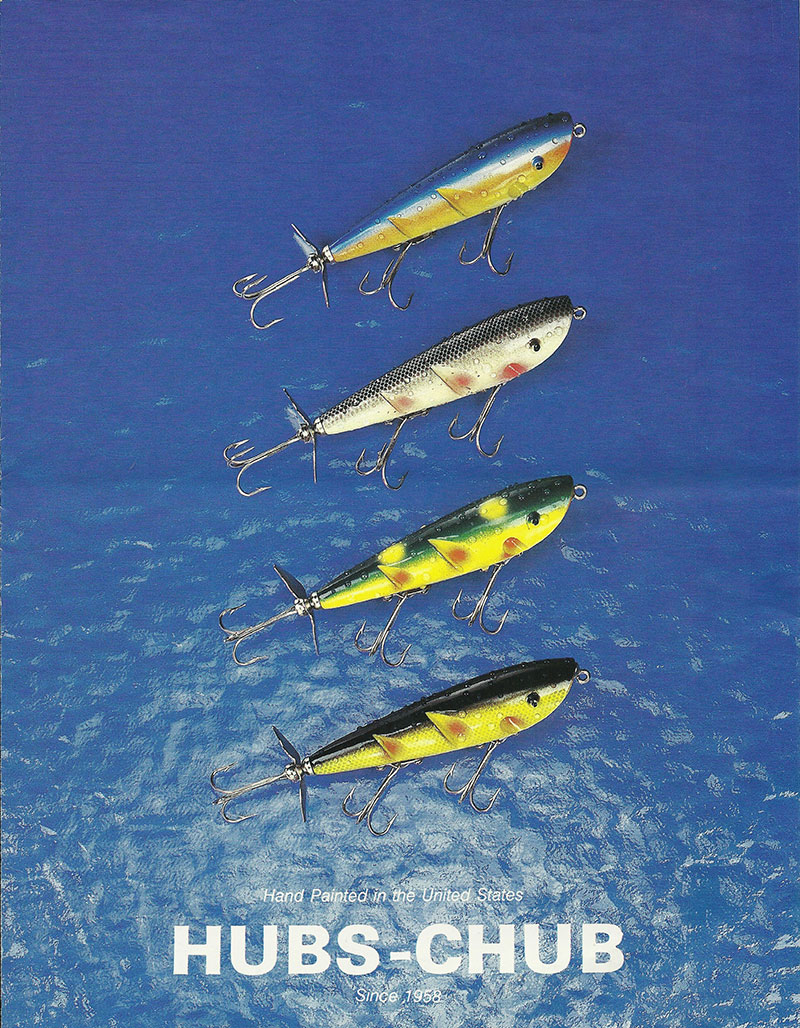Baseball -- Proper Execution of Run Down Play
Question
John,
Can you provide any advice on how to properly execute a run down play? I have two sons, one is 11 and one is 9. The nine-year-old's team appears to do it correctly (in my mind) and the 11-year-old's team (which I help coach) ends up throwing the ball back and forth, and can be fooled by a tricky runner.
My philosophy has been to (1) avoid throwing as much as possible, (2) have the fielder with the ball *charge hard* at the runner so that he has to commit to running, (3) if necessary, throw the ball to the "receiver" as the receiver starts to charge hard at the runner, forcing the runner to change directions and run hard in the other direction. (4) repeat only as necessary.
Further detail: As the "charger" throws the ball, he should peel off and get in line to be a receiver from the opposite direction, avoiding any contact with the baserunner (avoiding an obstruction ruling).
Thanks.
Bill
Answer
Hello Bill:
a well executed run-down play is a site to behold. I have drilled my bantam players on this and the key is the opposite to what you wrote. For a good run-down play, the ball must always be in motion. The moment the ball is stopped, the runner can have an advantage. For a good base runner is watching the ball not the thrower.
To start, have your team divided into two groups. Group A runs along baseline and throws to Group B. A must 'follow the ball' and join B group. Likewise, B must be running and throw to A group, again 'follow the ball'.
Make the drill simple at first. A to B, B to A, until it is fluid.
Then introduce the runner.
In a game situation, lets say 3rd baseline run-down, you have the catcher (C), pitcher (P), third baseman (3) and possibly short-stop (S) and the runner (R).
C prevents R from running home. Either P runs behind C. C throws to 3 and immediately runs behind 3. 3 must catch, run and throw to P(who replaced C). P must run, catch and throw to C (who replaced 3). By this time, S can line in behind C at 3rd base and the run-down usually ends once the S is included.
In order for a good run-down to work, the players must be running and throwing simultaneously. Quick accurate throws are crucial. To stop a throw will give the advantage to the runner. My players made the mistake of not throwing and it ruins the run-down every time.
Best of luck,
JohnMc
scoring a baseball game
value


